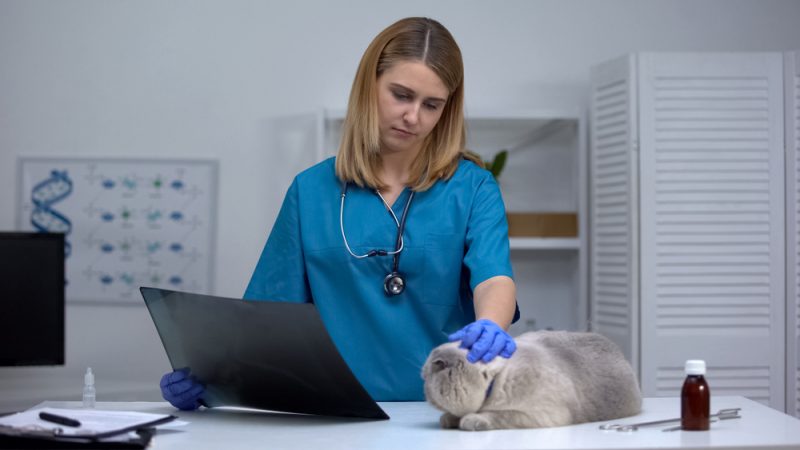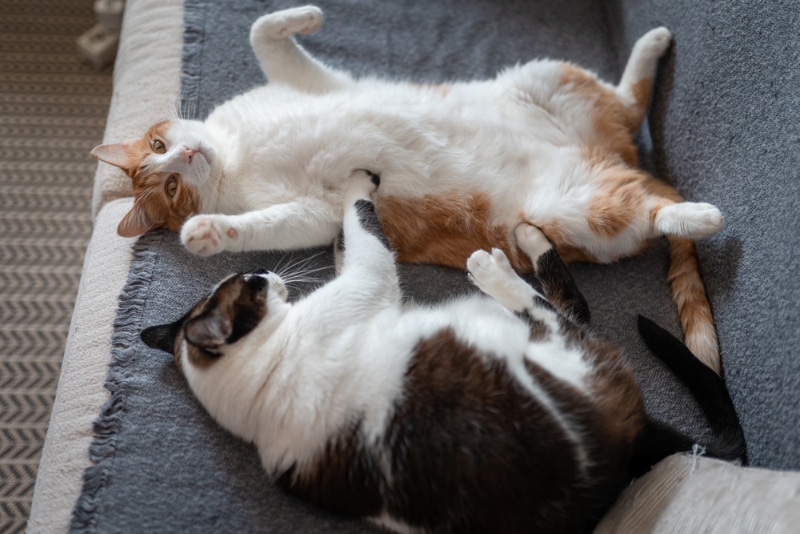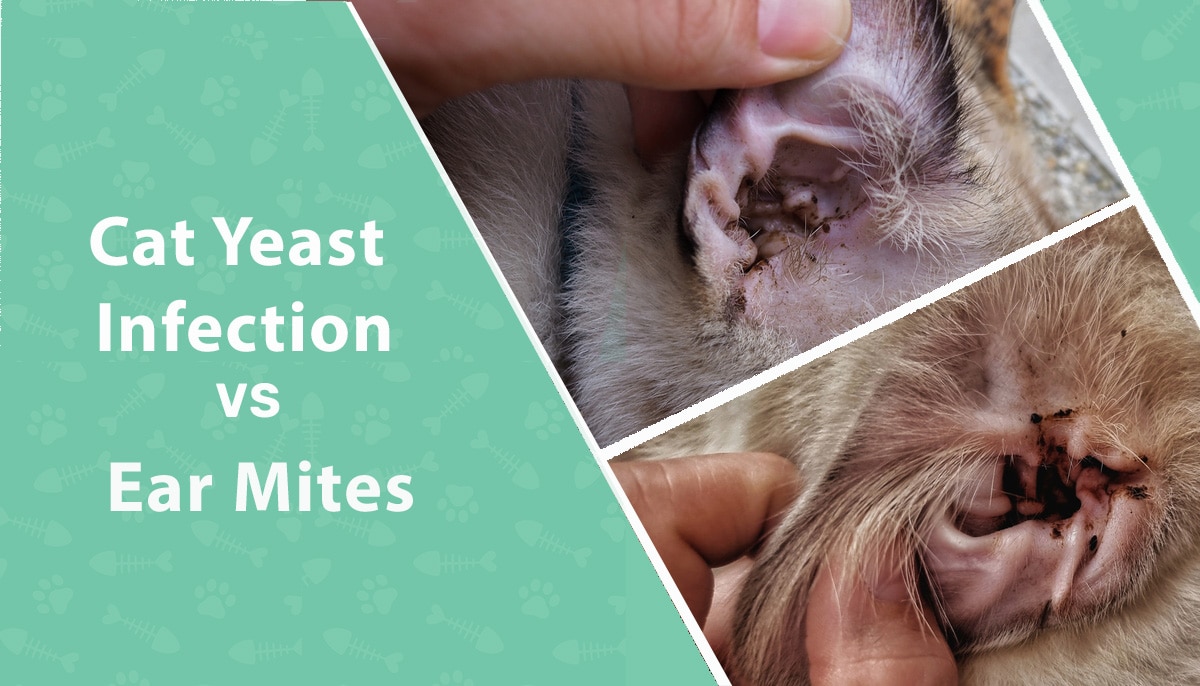If you’ve recently received the unfortunate news that your beloved cat has developed a terminal or life-altering condition, your mind is undoubtedly full of more questions than you can count. Your vet may have mentioned the possibility of palliative care or care that is delivered as your feline companion nears the end of their life.
Typically, palliative care is intended for cats who have been diagnosed with a terminal or life-limiting condition. If palliative care is an option you are considering for your pet, there are some factors you should know before making a decision. In this article, we’ll examine six things you should know before providing palliative care for your cat.
The 6 Things You Should Know About Palliative Care for Cats
1. There Are Different Palliative Care Plans
There isn’t a one-size-fits-all approach to palliative care. To form the best plan for your cat’s needs, the first step is to make an appointment with your vet. There, you can discuss the course of your cat’s condition and how their quality of life will be altered.
This step is essential for providing insight into your cat’s disease and progression and allowing you to have a say in their palliative care plan. Some factors to consider when deciding on a palliative care plan are your family’s needs, your goals for your cat’s care, and the disease itself.
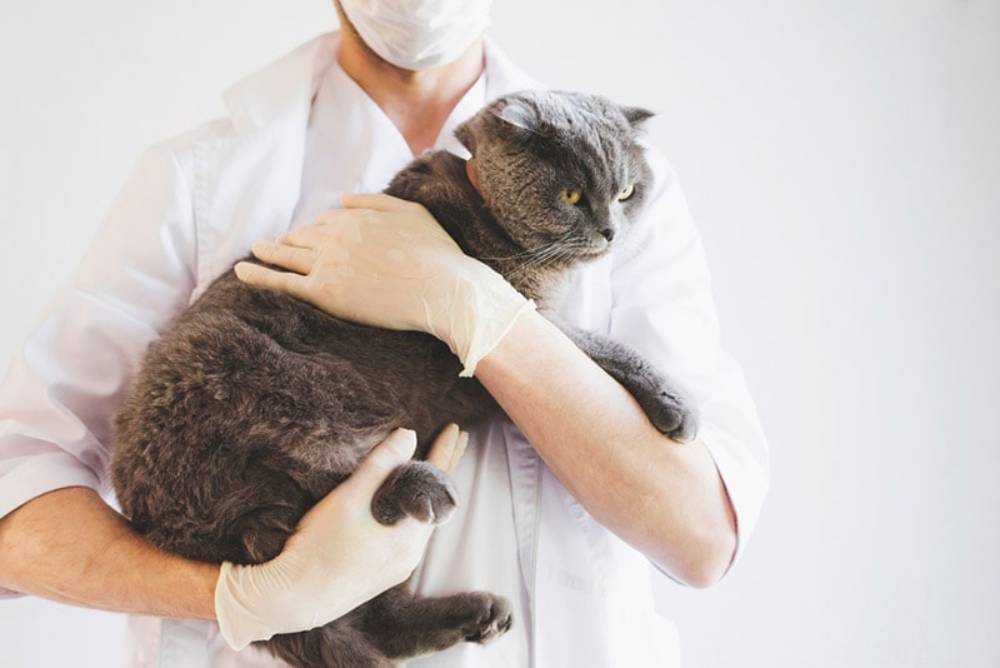
2. There’s A Difference Between Palliative Care and Hospice Care
Some people confuse palliative care with hospice care. The confusion is understandable, as both forms of care are typically offered to cats who don’t have very long to live. However, the difference between them is when they become an option for your cat.
Palliative care is for cats experiencing any condition that impacts their quality of life, including acute and chronic conditions. It can also be offered to cats that need end-of-life care. On the other hand, hospice is generally provided to cats with 6 months or less to live.
Understanding the difference between palliative and hospice care can help you make a more informed decision regarding your cat’s care.
3. Pain Management Is a Priority
When embarking on a palliative care plan for your cat, keep their comfort at the forefront of your mind. Many life-impacting conditions can cause your cat significant pain without intervention, so providing your cat with the care they need is essential.
If you notice signs that your cat is experiencing pain, talk to your vet about how you can help them live as comfortably as possible.
- Lack of appetite
- Hunched posture
- Change in behavior or temperament
- Aggression
- Hiding
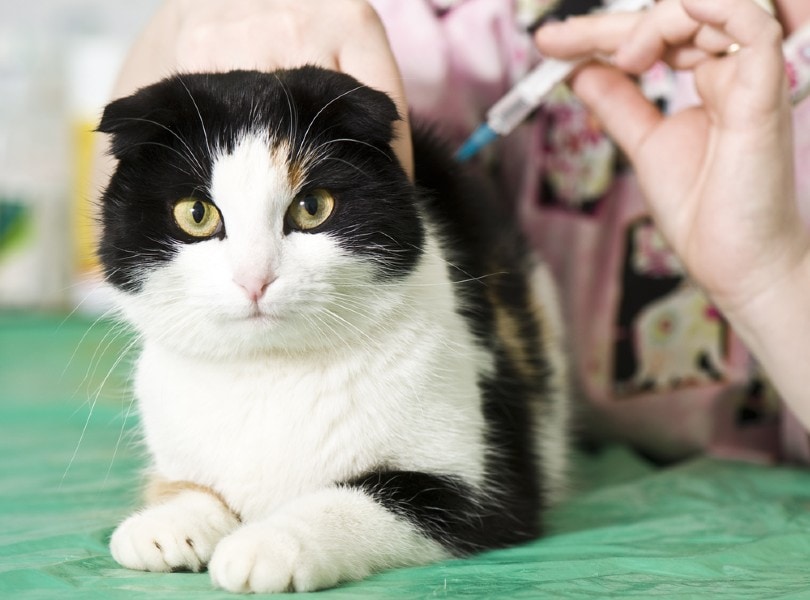
4. Multiple Care Methods May Be Recommended
To help your cat manage pain, your vet may recommend several forms of medication or nutritional supplements. However, they may also suggest some nonpharmacologic therapies to supplement the pain management methods.
- Acupuncture
- Massage
- Therapeutic laser
- Physical therapy
Some therapies may reduce pain depending on your cat’s condition. However, you should never sign your cat up for the therapies without first consulting your vet.
5. You’ll Need to Adjust Your Home to Suit Your Cat’s Needs
Palliative care involves more than just the treatments you provide for your cat. You should also consider which modifications need to be made to your cat’s environment to ensure their comfort and safety.
By altering your home, you can maximize your cat’s mobility while minimizing their chances of injury. Examples of modifications that you may need to consider include:
- Adding non-skid floor surfaces, such as with interlocking sponge floor tiles
- Using elevated food and water dishes to reduce back pain
- Restricting access to stairs
- Purchasing extra soft or orthopedic bedding
- Providing a litter box with low walls or no walls at all
- Using ramps so your cat can safely access higher spots
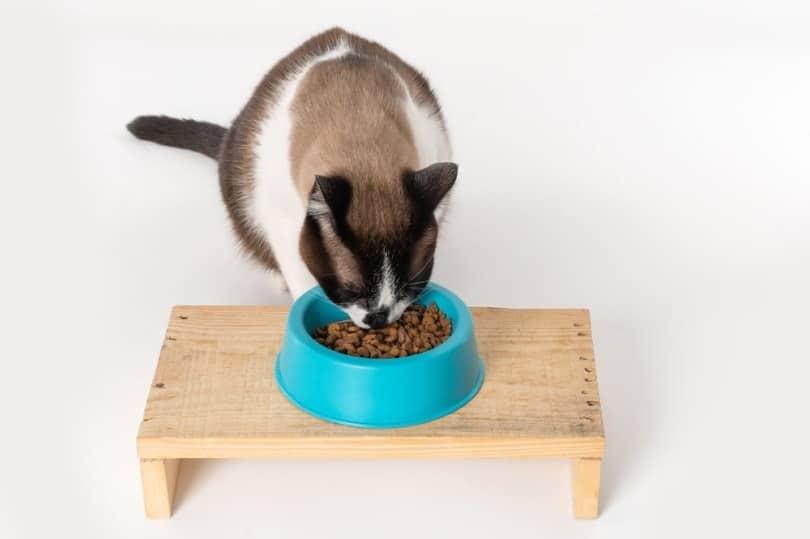
6. Some Common Conditions Can Lead to Palliative Care
Although many acute or chronic conditions can lead to palliative care, there are several conditions that commonly lead to palliative care. Some of these include:
- Degenerative joint disease: This attacks the connective tissue in your cat’s joints, thus decreasing mobility and making motion more painful.
- Neurological disease: Conditions such as lumbosacral disease or disc disease can negatively impact the nervous system.
- Dermatological disease: The secondary effects of dermatological conditions can lead to infections and a decreased quality of life.
- Visceral disease: Complications of the internal organs can be a challenge to manage and may require advanced treatment.
- Persistent postoperative pain: Surgery complications can cause pain and other issues, requiring pain management care.
- Cancer: Cats often require palliative care in the later stages of cancer.

Conclusion
Managing your cat’s care while they experience a painful or life-altering condition can be challenging and traumatic. Although getting answers to your pressing questions may reduce your concerns, it can also help you process and deal with your cat’s condition.
As difficult as this can be, never forget that you have a veterinarian in your corner who can help you form the best palliative care plan for your cat.
Featured Image Credit: Motortion Films, Shutterstock
Contents
- The 6 Things You Should Know About Palliative Care for Cats
- 1. There Are Different Palliative Care Plans
- 2. There’s A Difference Between Palliative Care and Hospice Care
- 3. Pain Management Is a Priority
- 4. Multiple Care Methods May Be Recommended
- 5. You’ll Need to Adjust Your Home to Suit Your Cat’s Needs
- 6. Some Common Conditions Can Lead to Palliative Care
- Conclusion


